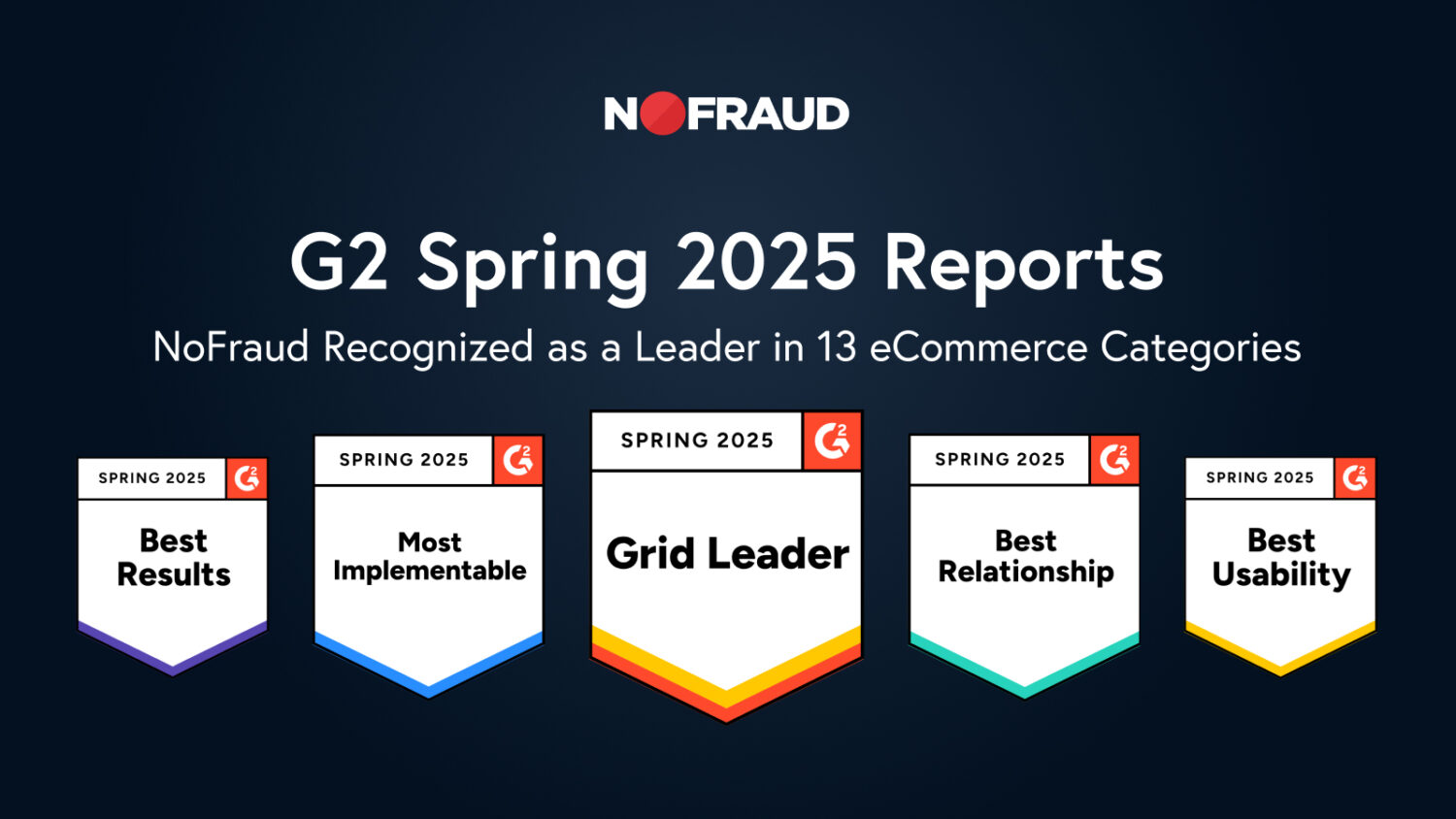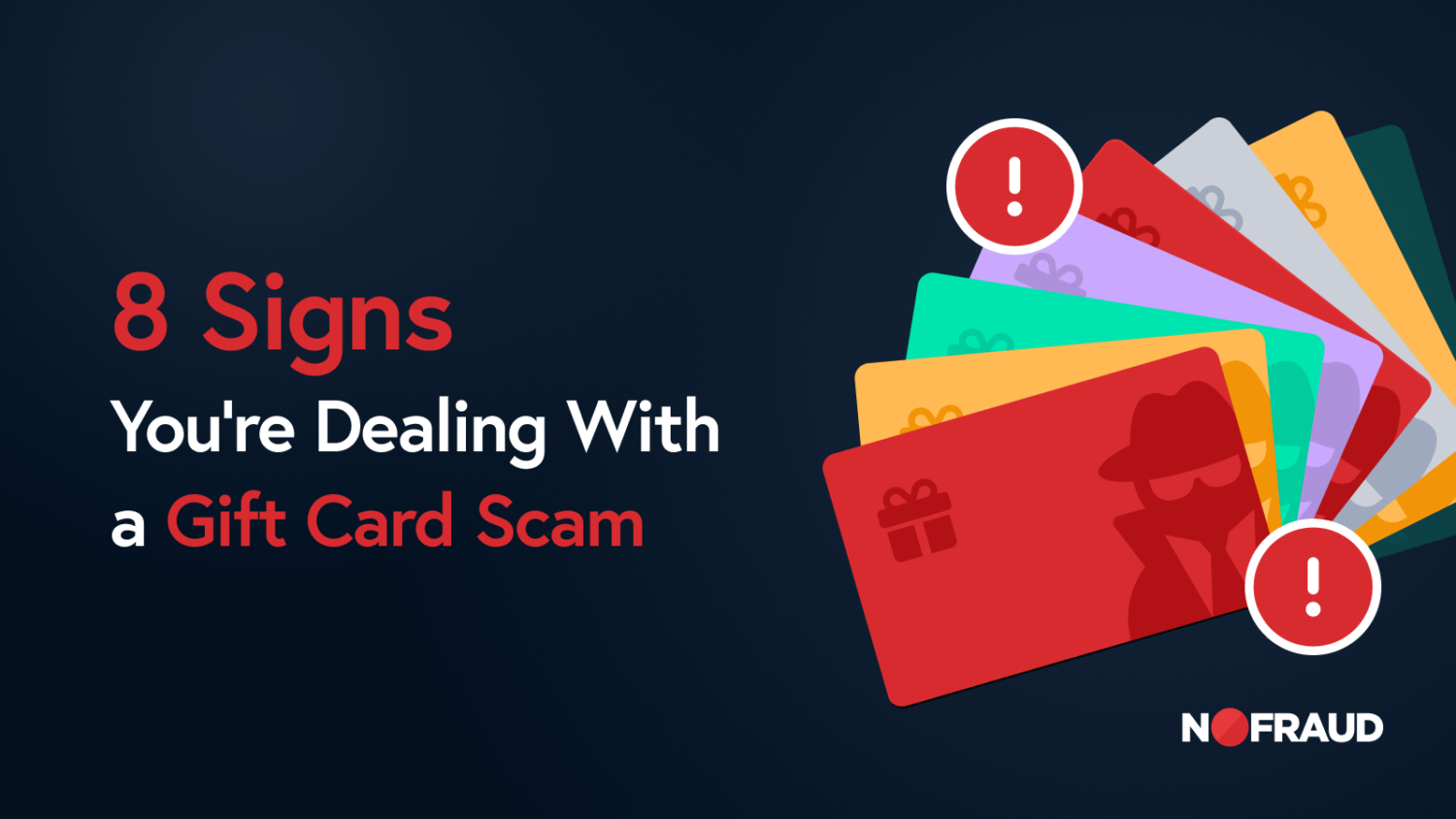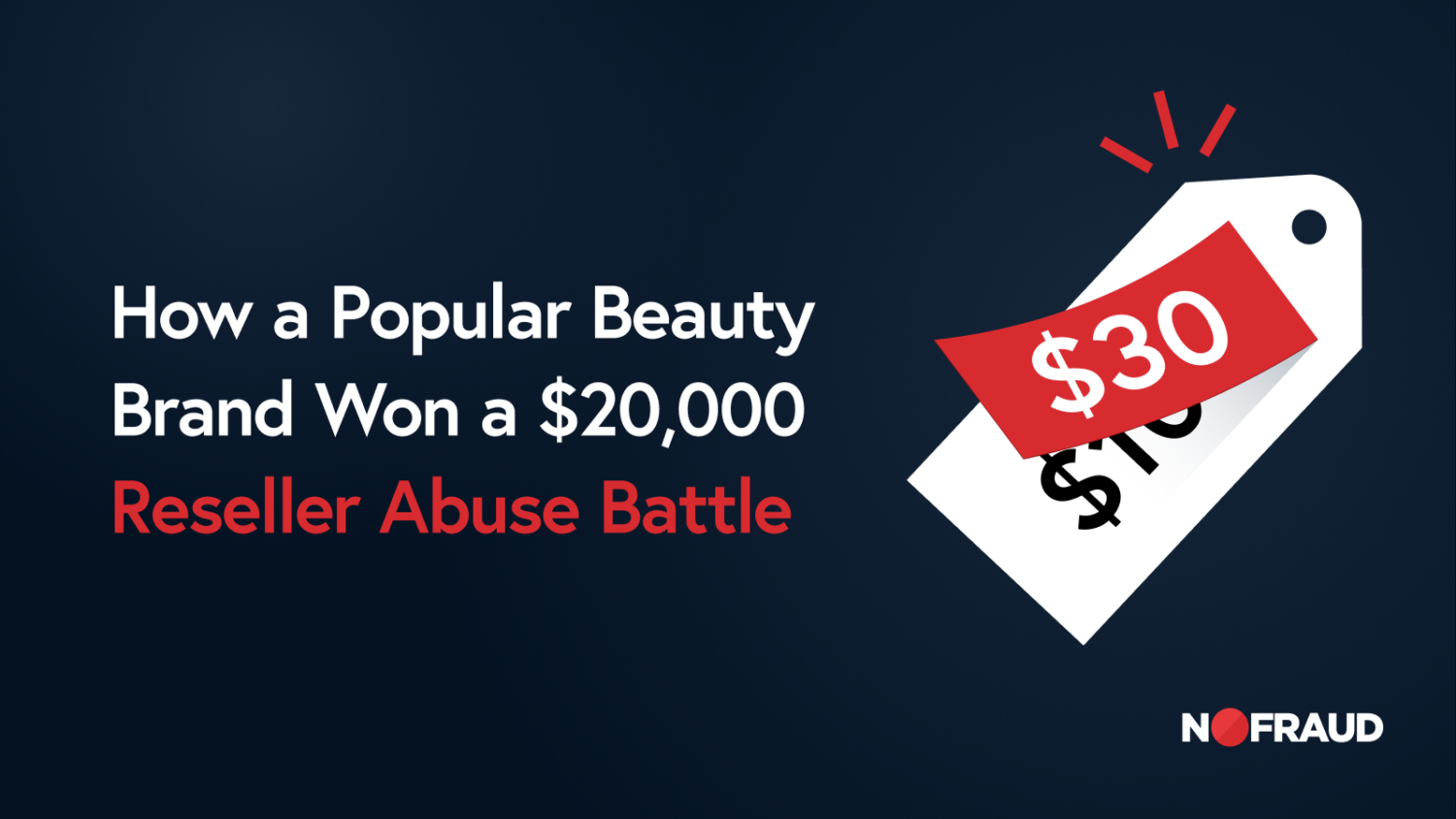Automated subscription payments are quite literally the gift that keeps on giving for ecommerce. Once you’ve acquired a customer, they’re much more likely to buy again and again. Especially popular among Millenials, subscription-based businesses are booming in practically every industry, from personal care products to toys to specialty foods.
Unfortunately, the subscription model also carries an elevated risk of chargebacks from fraudulent behavior. Chargeback sources generally fall into two categories: friendly fraud & criminal fraud. Each requires an effective fraud prevention solution. Let’s talk about ways you can prevent both.
How to Avoid Friendly Fraud Chargebacks
Friendly fraud is a misnomer. It occurs when a customer buys and receives a product, but then disputes the transaction through their bank. There is nothing friendly about this. The product and shipping fees are lost, and you’ll also get hit with a chargeback fee. If the chargeback rate hovers around 0.8%, the fees may set you back thousands of dollars.
It’s nearly impossible to eliminate friendly fraud. However, many subscription chargebacks occur when ethical customers simply don’t understand the subscription process or forget that renewal was due. You may be able to reach out to such customers before they dispute the transaction. Here’s how to reduce those unfriendly friendly fraud chargebacks:
1. Be easy to reach and offer stellar customer service.
According to Verifi, 86% of consumers that filed for a chargeback went straight to their banks without approaching the merchant first. Encourage direct communication with your customers by clearly displaying your customer support information on your website in a prominent location. Provide several convenient ways for them to get in touch (i.e., phone, email, chat, snail mail). When they call, go above and beyond to address their concerns, and cancel their subscription promptly if they ask you to.
2. Make canceling a subscription super simple.
If your cancellation process is confusing, annoying, or time-consuming, your frustrated customers may decide to cut to the chase and call the bank. To avoid this, ensure that canceling a subscription is simple and effortless for them. It’s beneficial to add an “Unsubscribe” button or link to the bottom of your emails or display it clearly on your website so that customers don’t resort to disputing a charge.
3. Be clear about how a free trial works and when it ends.
Your customers should be kept informed about how long their free trial will last and when they’ll be billed. Always send them a message before their trial ends reminding them that they are about to upgrade to the paid version. This will allow them to opt-out if they so choose.
4. Send a courtesy email before filling the first order.
When a customer subscribes, immediately send an acknowledgment email (this can be automated). If the customer has a change of heart or if the subscription purchase was made by mistake, this courtesy notification allows time to cancel. For the business, it mitigates the risk of friendly fraud chargebacks.
5. Notify subscribers before processing their recurring payment.
Subscribers appreciate a reminder message before their recurring payment processes. This can be via email, text message, or whichever way seems the most efficient for your business. It provides a window for them to either prepare for the charge or unsubscribe. While it may be discouraging to see one of your members opt out, the risk of incurring a friendly fraud chargeback is much more detrimental… trust us.
6. Match your billing descriptor to your company or product name.
It’s crucial to make your billing descriptor as close to your company name as possible. A “billing descriptor” is the merchant name that appears on your customer’s credit card statement next to each transaction. If a customer doesn’t recognize that name, they are more likely to dispute the charge.
How to Avoid Criminal Fraud Chargebacks
Data breaches occur almost weekly and stolen credit card information is widely available on the dark web. Fraudsters with sensitive information look for vulnerabilities in an online store’s fraud detection system. The subscription platform is an extremely common target because so many transactions happen simultaneously and criminals think that their activity will fly under the merchant’s radar. You may benefit from setting up a special fraud detection system specifically for subscriptions.
Although subscription transactions are susceptible to all types of fraud, the most typical scheme we have seen is “triangulation fraud.” What is triangulation? This type of fraud involves three parties: the fraudster, the innocent shopper, and the targeted ecommerce store (that’s you).
Here’s how it works in four steps:
Step one: The fraudster creates an online store (often on eBay or Amazon) and offers high demand items for extremely low prices. In reality, he doesn’t have any inventory. He’s going to try to scam you into providing these items to the customer for him, instead.
Step two: An innocent, unsuspecting shopper places an order on the fraudulent online store and the fraudster receives payment for the items.
Step three: The fraudster uses stolen credit card data to purchase those same items from your legitimate website and submits the shipping address of the innocent shopper at checkout.
Step four: You ship the items directly to the customer that “purchased” them from the fraudsters online store, who then receives the shipment from you and is none the wiser. Ultimately, the true credit card owner discovers an unauthorized transaction on his or her statement, and the bank issues a chargeback. You are left to deal with the aftermath. In this scenario, you’ve lost the merchandise (and shipping costs) and incurred chargeback fees (and possible penalties).
How can you protect yourself against criminal fraud chargebacks? Here are some important tips to keep in mind:
1. Look for inconsistencies.
Screen every order for potential signs of fraud. Signals of fraud may include unusual patterns that coincide with credit card fraud, money laundering, or loan fraud. Some signals of fraud may be that the billing address is different from the shipping address, the email address contains an unusual amount of characters, or the order has an AVS mismatch. Monitor any changes in customer details and pay specific attention to phone numbers, emails, and shipping addresses – these could indicate fraud resulting from an account takeover.
For physical products, the period between an order being placed and when it is shipped allows sellers to check for fraud the old fashion way — by manually reviewing the transactions. For digital products like movies, software packages, mobile/cloud-based apps, e-gift cards, and ebooks, however, an automated fraud detection system is a critical tool. Buying digital goods involves an online transaction followed by an instant electronic delivery. There is typically a one-second window to spot and stop a fraudulent transaction. Many digital ecommerce businesses process millions of transactions per day, and when only 0.3 percent of those one-second windows are missed, large financial institutions may suffer losses of $10 million per year or more.
2. Install a fraud prevention service.
Screening orders manually can be a huge drain of time and resources. You may want to consider an automated solution that can do all the fraud vetting for you. Some even offer a chargeback guarantee, which means you’ll be compensated if a chargeback does slip through their system.
3. If a chargeback does occur, don’t forget to cancel the subscription.
While seemingly an obvious follow-up, we have seen this step missed and the chargebacks keep rolling in.
4. Don’t offer a completely free product.
Shy away from offering a completely free product in the hope that some customers will become long term customers. Sometimes fraudsters use bots to create multiple orders in an attempt to get as many free products as possible. Smart tactic, right?
Bots are often used to infect innocent devices or software with malware (malicious software). They are capable of causing major damage to individuals and businesses alike. A bot attack may consist of gathering passwords, identity theft, collecting financial information, DoS attacks, relaying spam, logging keystrokes, opening back doors on the infected computers, and exploiting back doors opened by viruses and worms. Bot attacks are particularly active on Black Friday and Cyber Monday. We recommend that you charge at least a shipping fee to disincentivize this behavior.
Unsubscribe from Subscription Fraud
User-friendly policies and some basic best practices will prevent many instances of chargebacks. What’s more, automating your fraud protection process will save you time, money, and labor (not to mention headaches). NoFraud is an option that is compatible with all Bold products. NoFraud’s automated fraud detection tools will interface with your integrated payments process and virtually eliminate chargebacks while keeping your approval rate high. If any chargebacks do occur, you’ll be fully reimbursed under a Chargeback Protection Guarantee.
To find out more about how NoFraud’s AI-powered solution can help your business and to try it for yourself, just send an email to shoshanah@nofraud.com.



